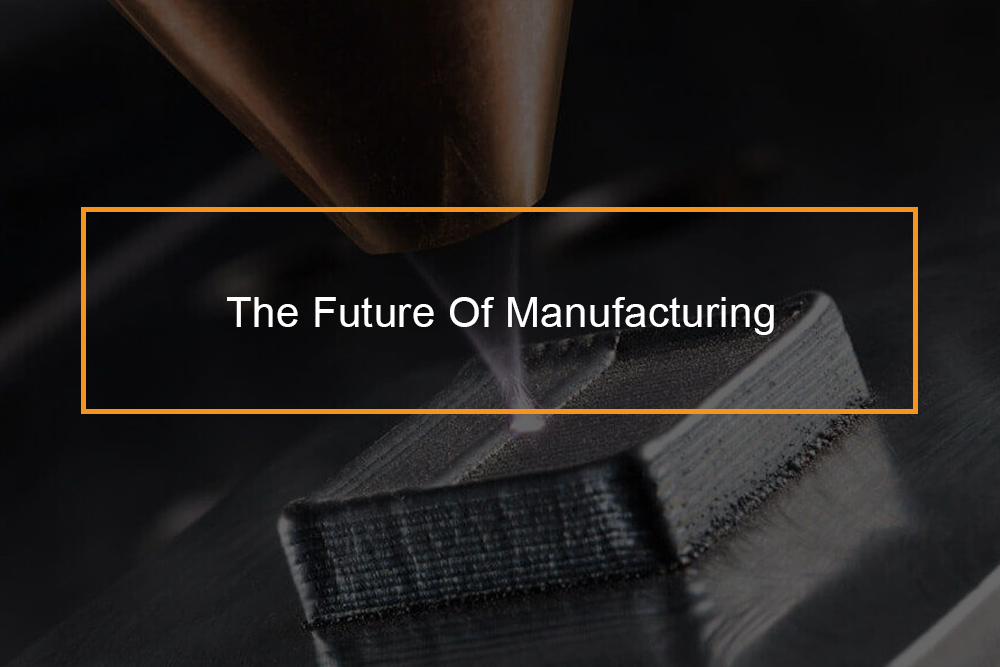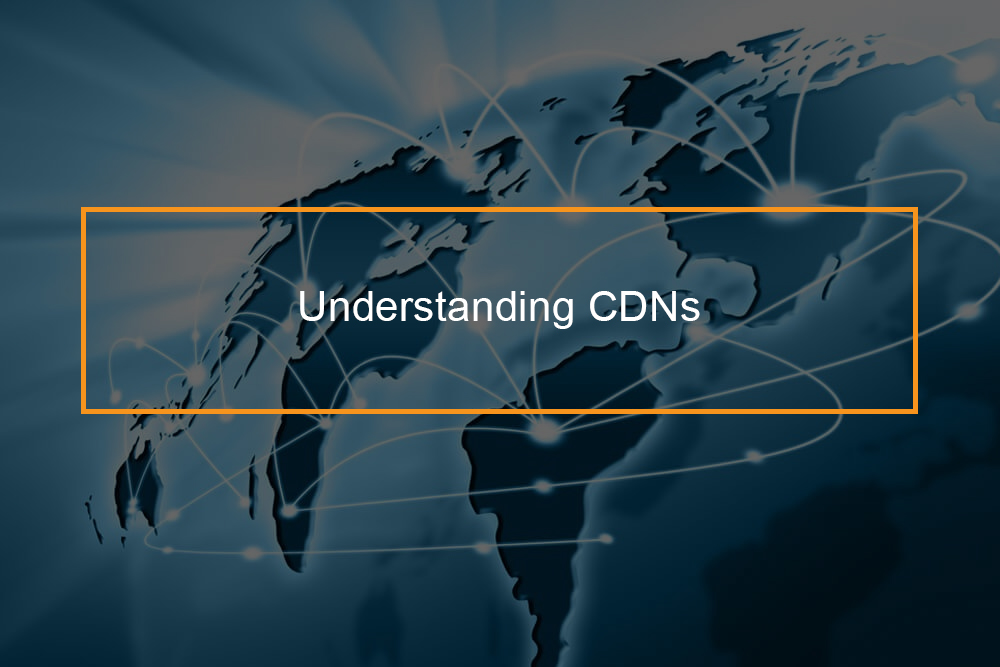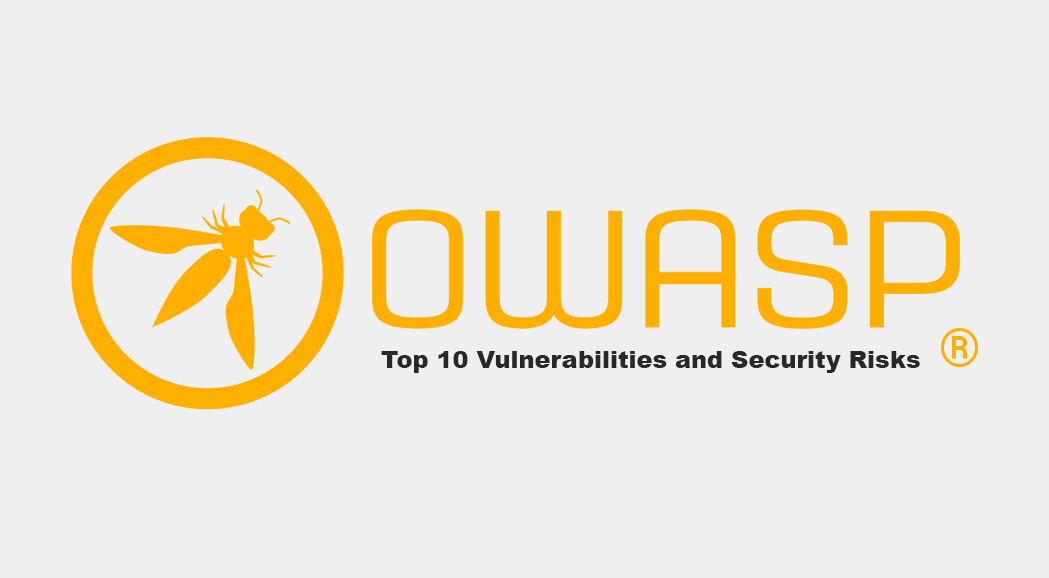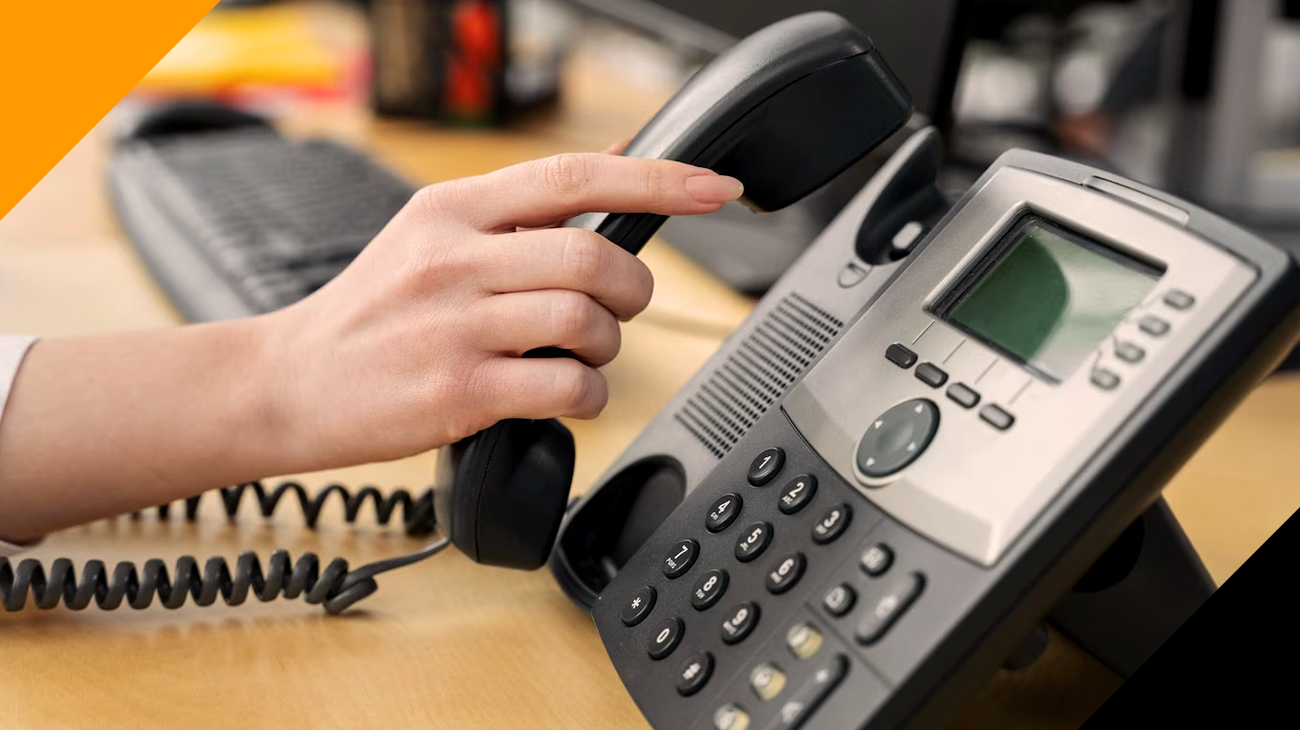
Additive Manufacturing is changing how companies design and make products. It is changing how companies approach production by enabling the creation of lighter, stronger parts and systems. When used right, that can save both time and money by reducing the time spent making products in the normal manufacturing methods. This technology has many applications which we will look at.
What is the meaning of Additive Manufacturing (AM)?
The definition of additive manufacturing
It is another innovation made by the transition from analog to digital process. Recently architectural and engineering communications and imaging have all undergone transformations of their own and AM can bring flexibility and efficiency to the manufacturing process. Additive Manufacturing can be defined as a manufacturing process where raw materials, either solid filaments, powder, or resins, etc, are added layer by layer to form a three-dimensional object. The entire process is computer-aided making the object formed a replica of the 3D CAD model made. It is the standard term for all applications of technology that join materials to make objects from 3D model data layer by layer. Additive manufacturing is defined by assembling parts using only the materials you need. It is among the processes used in developing a model or a prototype of a product, and it is often used interchangeably with 3D printing.
The difference between additive and subtractive manufacturing
When making a prototype, it’s beneficial to consider the different tools available and the different processes used for producing different parts within an original design. Prototype production for plastic parts usually falls into one of three types: 3D printed parts also known as AM manufacturing, CNC machined parts also known as “subtractive” manufacturing and injection molded parts typically only used for pre-production of prototypes.
Subtractive manufacturing
It is a process where a solid block of materials is successively shaped into a 3D object. It can be done by manually cutting the material with tools like drills, lathes, or milling machines, but is most typically done with a CNC (Computer Numerical Control) Machine. Advanced CNC machines use multiple tools and cut along the three (x, y, and z) axes such that they minimize the need for designers to flip the block. One of the main advantages of SM is the ability to turn an extremely thin piece of plastic into a living hinge. This kind of process is not yet possible in a 3D printer. For prototypes that require living hinge components, it is beneficial to produce certain parts using AM while using the CNC device for specialty components like a living hinge.
Additive manufacturing
As described earlier AM is a synonym for 3D printing and/or any process by which 3D objects are made by successively depositing material in layers in a predesigned shape. Modern 3D printing has been used for rapid prototype construction, but it is starting to make its impact on the production world as well.
The pros and cons of AM
3D printing has a lot of potential in practically every market, including automotive, aerospace, medical/dental, robotics and even toys and action figures. 3D printing fits under the umbrella of additive manufacturing. Additive manufacturing is characterized by constructing parts using only the materials you need, unlike subtractive manufacturing, which involves cutting away the unnecessary material from larger pieces of the material.
With so many markets opting to use additive manufacturing, the processes are becoming more relevant in medical and dental sectors where customization is key, but the real near-term growth for AM is in tooling. Tooling is a great use for AM. However, additive manufacturing is not always the right choice: It has clear benefits and drawbacks, It’s up to each company and technician to decide if it is the best for their projects.
Advantages of Additive Manufacturing
- Complexity: It is cheaper to print a complex piece instead of a simple cube of the same size. The more elaborate or, the less solid the object is, the faster and cheaper it can be made.
- Variety: If a part needs to be changed design-wise or because of an error, the change can be made on the original CAD file, and the new object can be printed right away. It is easier to change or revise the product’s design.
- No assembly of parts is required: Moving parts such as hinges can be printed in metal directly onto the product, which can reduce the number of parts put together.
- Little lead time: Engineers can come up with a prototype with a 3D printer immediately after finishing the part’s 3D CAD file. After printing, engineers may then start testing its properties instead of waiting weeks or months for a prototype or a part to come in.
- Little-skill manufacturing: While complex components with specific parameters and high-tech uses, ought to be justify to the professionals, even children in school have created their figures using 3D printing processes. Training programs are available for all.
- Entry costs are more affordable: the machines used to be expensive but with technological advancements more middle level and smaller companies can acquire them.
- Fewer constraints in the design process: Anything you can dream up and design with CAD software, you can build with AM. Rapid production of manufacturing aids increases efficiencies for traditional manufacturing operations and reduces costs of conventional machining. Designers can iterate faster with rapid prototyping techniques, resulting in faster design cycles and better, refined designs. Production without tooling allows for small production runs at low cost and speedy turnaround.
- Lesser waste: Since only the material that is needed is used, there is very little, if any raw material wasted.
- Infinite colors of materials: Engineers can program parts to have specific colors in their CAD files and the right printers can use materials of any color to print them.
- Green manufacturing: With AM huge savings are made in time, energy and material. It streamlines the manufacturing process resulting in less waste, and thus this manufacturing process has a smaller environmental footprint.
Disadvantages of Additive Manufacturing
- Slow build pace: Many of the printers lay down material at a speed of one to five cubic inches per hour. Depending on the piece needed, other manufacturing processes may be a lot faster.
- High costs: Sometimes, parts can be made faster using other methods so the extra time can lead to higher prices. Also, high-quality machines can cost anywhere from $300,000 to $1.5 million, and materials can cost $100 to $150 per pound.
- Considerable effort in application design and process settings parameters: Comprehensive knowledge of material design and the printer itself is required to make quality parts.
- Objects require post-processing: The surface finish and dimensional accuracy may be of lower quality than other manufacturing methods because of this.
- Discontinuous production process: Parts can only be printed one at a time, preventing economies of scale.
- Limited component size and small build volume: In most cases, polymer products are about one cubic yard in size, while metal parts may only be one cubic foot. While larger machines are available, they will come at a cost.
- Poor mechanical properties: Layering and multiple interfaces can cause defects in the product
The categories of additive technologies
The different kinds of additive manufacturing
VAT Photopolymerization
It is probably one of the more visually pleasing additive manufacturing methods. It begins with a build platform being lowered into liquefied photopolymer resin. A powerful UV light, controlled by a computer, is applied where needed and cures the liquefied raw material into a solid shape. Materials include plastics, polymers, and resins. Unlike several of the processes listed here, the process itself does not provide support for the in-progress object being created; additional support may be needed. However, it is highly accurate and lends itself well to larger build areas. The final product features a pleasing finish without post-processing.
Advantages of VAT Photopolymerization:
- Highly accurate and has a good finish.
- Relatively quick process.
- Can build large models.
Disadvantages of VAT Photopolymerization:
- It is relatively expensive
- A lot of time used to remove the object from the resin post-processing.
- Limited materials can be used.
- It often requires support structures and post-curing for pieces to be strong enough for structural use
Powder Bed Fusion
It refers to several similar manufacturing methods that cover a variety of building materials. The process applies a very thin, less than .1 mm, layer of material onto a build platform. Then with a laser, the powdered material is fused into place and the required shape. Electron beam melting is similar but uses a vacuum. Direct metal laser sintering is the better option for making objects from metals. Since each cross-section of your intended product is fused one at a time, there is no inherent support structure, and the process is quite slow. Powder bed fusion also uses more energy than the other methods. However, it is relatively inexpensive and is an excellent choice for prototyping. It has a small carbon footprint, as the production doesn’t require a massive facility. The Powder bed fusion process uses any powder-based materials, but common metals and polymers used are Nylon, Stainless Steel, Titanium, Aluminium, Cobalt Chrome and more.
Advantages of Powder Bed Fusion:
- It is relatively inexpensive
- Suitable for visual models and prototypes
- With selective heat sintering (SHS), the powder bed fusion method can integrate technology into a small scale, office-sized machine
- The powder acts as an integrated support structure
- There are a lot of material options
Disadvantages of Powder Bed Fusion:
- Relatively slow speed (SHS)
- Lack of structural properties in materials
- There are size limitations of the objects that can be made.
- It uses a lot of power
- The finish is dependent on powder grain size
Binder Jetting (3D Printing)
This process uses two materials; a powder based material and a binder. The binder is an adhesive between the powder layers. The coupler is usually a liquid, and the build material is in powder form. A print head moves along the x and y-axes of the device and deposits alternating layers of the build and the binding material mix. After every layer, the object being printed is lowered to its build platform. Because of the binding method, the material properties are not always suitable for structural parts, and despite the relative speed of printing, additional post-processing can add significant time to the overall process.
As with other powder-based manufacturing techniques, the object being printed is held up within the powder bed and is extracted from the bed once completed. You can see the product take shape as liquid bonding agents are applied interchangeably with layers of powdered plastics, ceramics and metals. The binders may be organic or inorganic. Components made from metal or ceramic must be furnace-fired. A benefit of 3D printing is that it enables you to create full-color “prints” and parts. It also lets you choose from a variety of materials and is a relatively high-turnover manufacturing method.
Advantages of Binder Jetting :
- The parts can come in a range of different colors; Uses a variety of materials like metal, polymers, and ceramics
- The process is generally faster than others
- This two material method acknowledges a large number of diverse binder-powder combos and several mechanical attributes
Disadvantages of Binder Jetting:
- It is not always suitable for structural parts, because of the use of a binder material
- Additional post-processing can add significant time to the overall process.
Material Jetting
Material jetting is similar to binder jetting. In this process, liquid material, including waxes, photopolymers, and polymers are dropped down onto a work surface. Of the manufacturing methods described here, material jetting is most like the traditional inkjet printer you might have in your home office. Ultraviolet light cures the finished object. Go for this method if cost is of concern to you as very little material is wasted. The downside is that while it is highly accurate, the limited material pool results in a product that might require additional support.
Advantages of Material Jetting:
- The process is highly accurate because of the deposition of droplets and therefore lesser waste.
- it allows for multiple material parts and colors under a singular method
Limitations of Material Jetting:
- Support is often needed
- It can be highly accurate but materials are limited and only polymers and waxes can be used
Sheet Lamination
The term “sheet lamination” can refer to both ultrasonic AM or laminated object manufacturing. Both processes are alike in that they involve ribbons, or sheets, of solid material. During the manufacture, ultrasonic welding joins metallic ribbons or joins sheets of paper with adhesive in laminated object manufacturing. In both, the outcome takes shape layer by layer. This process results in some wastage and needs additional CNC machining to remove excess material not joined with the finished product. It is inexpensive and relatively fast, though. The finish may vary, depending on the material you want, and you may have to invest in additional finishing or post-processing.
Advantages of Sheet Lamination:
- Perks include speed, low cost, ease of material handling, but the strength and integrity of models is reliant on the adhesive used.
- Cutting out the shape can be very fast because it focuses on the outline, not the entire cross-sectional area.
Disadvantages of Sheet Lamination:
- the finishes can vary depending on paper or plastic material but may require post-processing to achieve the desired effect.
- Limited materials can be used
Material Extrusion
It is a branch of 3D printing, for hobbyist printers turning out basic builds and components at home and perhaps office settings. In this process, the material is pushed through a nozzle and placed on a surface layer by layer. Unlike other 3D printing forms, the material moving through the nozzle must be applied consistently and under uniform pressure. An accurate and aesthetically pleasing result depends on that. The variables associated in material extrusion make it one of the accurate methods here, and the physical limitations of the nozzle itself put a higher limit on the finish of your final product. It’s also a somewhat slower process.
Advantages of Material Extrusion:
- it is a popular and economical process that can use ABS plastic, which has good structural properties and it is easily accessible
Disadvantages of Material Extrusion:
- The nozzle radius limits and affects the final product state.
- Its accuracy and speed are low when compared to other processes and detailing of the final model is limited to the nozzle thickness
- A constant pressure of the material is needed to increase the quality of finish
Directed Energy Deposition
It is also referred to as laser-engineered net shaping or 3D laser cladding, among other terms. It’s a different type of additive manufacturing, one that’s generally used to add new material to an existing object. This makes it a more complex process. The process itself mirrors material extrusion, except the nozzle arm can move a lot more freely and on four or five axes. The arm sediments melted material onto the object, where it then cools and turns into a solid. The material may arrive spooled or in powder form. You can only use cobalt-chromium and titanium as materials. This method is also not considered a mainstream additive manufacturing method currently. Also, note that while this process gives you superior control over the grain structure of your product, you might want post-processing for final fit-and-finish.
Advantages of Directed Energy Deposition:
- Ability to control the grain formation to a higher level, which allows the process to do repair work of high quality, and produce working parts
- A balance has to be struck between surface quality and speed, although with repair applications, speed can often be sacrificed for high accuracy and a predetermined microstructure.
Disadvantages of Directed Energy Deposition:
- Finishes can vary depending on the material but may require post-processing to achieve the desired effect
- Limited material use
- Fusion processes need more research to mainstream the process faster.
The types of additive manufacturing methods
3D printing can be achieved via several different methods; Fused Deposition Modeling (FDM), Stereolithography (SL), Laser Sintering (LS), and High-Speed Sintering (HSS). While each print process is different, the model set up is similar. First, a 3D model is designed in modeling software, then prepared for printing by splitting it up into multiple flat, 2D layers. Each of these layers will be printed on top of one another, stacking to form the 3D object. However, there are several options for the process of creating these layers.
Fused Deposition Modeling (FDM)
It is what a lot people refer to as “3D printing.” A plastic filament is fed through a hot extruder to create each layer of the model. If needed, support materials are printed as well, building up the model off of the print bed (these are later removed from the piece). While it is a simple, relatively cheap choice for creating colorful prototypes, its speed and resolution do not lend themselves to finished end-use products.
Pros of Fused Deposition Modeling
- Relatively inexpensive and standard. Lower-end models can be bought for a few hundred dollars.
- The only consumable is the filament roll, and they are available from a lot of sources. Polymer filament rolls can have a variety of fillers like Ceramic, Metal, Carbon Fiber, and more.
- The rolls are available in a variety of colors saving on finishing time.
- Removal of the piece from the print bed and support materials is relatively easy.
Cons of Fused Deposition Modeling
- The pieces have poor resolution (rougher layers, more ridges are visible) as the resolution is based on nozzle size
- Lower bonding force between layers and can easily break along the layer lines. The weight of the top layers can cause shifting to happen, making the model slightly bent
- Support materials are generally not recycled, producing waste.
StereoLithoGraphy (SL)
StereoLithoGraphy approaches printing differently than FDM. While the layers by solidifying from a liquefied material, instead of ejecting material from an extruder, SL uses a resin bath and a laser. A platform resting in the resin bath is brought up to just below the liquid’s surface, leaving a thin liquid layer. The resin layer, which is a curable photopolymer, is lasered; the laser traces out the form, hardening the resin into a solid.
Once complete, the platform is lowered to allow a new layer of liquid resin to cover the previous part, repeating the process with the next cross-section of the model. Once done, the model is removed from the bath and placed in isopropyl alcohol to remove any extra, uncured resin. Any supporting structures are then eliminated. SL can create smooth, finely detailed models, but is more restricted in materials pool, both in type and in availability, and is customarily too slow to make full production runs
Pros of StereoLithoGraphy
- Highly accurate
- Resolution is based on laser spot size
- It produces smoother models with finer details
- It is less likely to break along layer lines than FDM models
- The excess uncured resin is reusable
Cons of StereoLithoGraphy
- The resin choice is more restricted than FDM; and because they are exclusive and can’t be exchanged between printer makes. Resins are only available from makers.
- The models are limited to the resin’s color
- The printed supports are not reusable and are thus wasted.
- The supports are tough to remove because they are made from the same material as the component.
- It has higher operating costs compared to FDM. Resin tanks and build platforms require often replacing to ensure the accuracy of laser
- Generally slower than FDM
Laser Sintering (LS)
Like SL, it uses a laser to draw out each 3D model layer. However, LS uses powder instead of resin. A layer of powder is leveled across the build tray, then the laser sinters the piece’s cross-section, fusing the powder to the previous layer. Once the prototype is created, the model is separated from the block and brushed clean of the excess powder. It opens the door to more durable and functional prototypes. Though, like SL, this laser-based method suffers from slow speeds, ruling out high-volume production runs.
Pros of Laser Sintering
- The surrounding powder holds up the model.
- Various materials can be used; different types of plastic, or metals.
- Resulting in stronger and more durable models than with SL
- Flexible outcomes than with SL
- Food safe alternatives are available
- Raw materials are generally cheaper than SL resins
- This method provides the highest geometric flexibility of Additive Manufacturing processes
Cons of Laser Sintering
- The choice of resin is more limited than with FDM
- The resins are proprietary and can’t be exchanged between printers. The resins are only available from makers
- Models are restricted to one color at a time based on the powdered polymer’s color
- Printed supports not reusable, producing waste
- Restricted reusability use of “part cake” powder (block of powder encompassing part) as high recycling leads to poor surface quality parts
High-Speed Sintering (HSS)
High-Speed Sintering is a similar process to LS, and shares many of the same benefits, but offers additional advantages, pending more development, to revolutionize the manufacturing trade. Like LS, HSS involves melting powdered material to make the layers of models. The inkjet printer prints infrared-absorbent ink onto the particles. An IR lamp then heats the ink, melting the powder particles and blending them and the layer below. The method is repeated until the piece is complete, then the model is taken from the powder and polished or colored. Because multiple parts can be made at once without adding the production time, it is on the road to overcoming the biggest hurdle between 3D printing and mass-production: speed. It runs faster than other methods.
Pros of High-Speed Sintering
- Little to no waste is produced.
- The surrounding powder serves as a support, so little to no support structures are needed
- it is cheaper than LS; as there are no expensive lasers, lower machine costs and substantially reduces waste.
- Different polymers can result in different properties; Flexibility, durability, lightweight and results can be stronger and more durable than with SL
- Ink systems are not proprietary to the machine manufacturer
- Results in cheaper materials
- High Volume manufacturing potential as it is 10-100x faster than other AM methods.
- Cycle times are independent of part sizes- the whole layer is done in one pass and thus has the potential to produce a lot of parts daily
- Inks are being made to create full-color models.
- Other curing methods being developed, like energy-efficient UV-LED
Cons of High-Speed Sintering
- The technology is still relatively new
- There is low market awareness/competition
- Differences in grayscale (for shading) can affect density/part strength.









